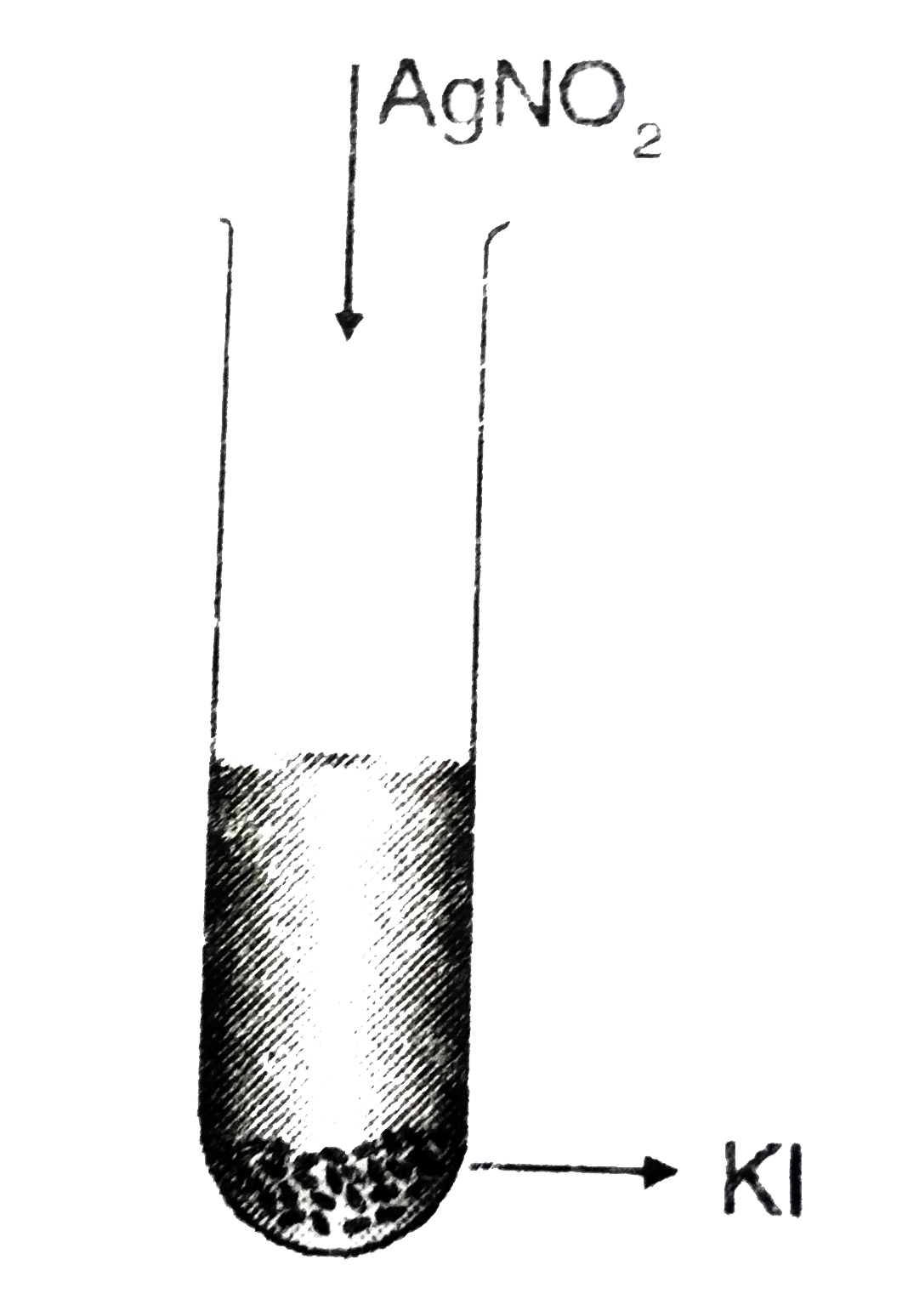(a) Discuss Williamson method to prepare ethers. Give the limitations of this method.
(b) Under what conditions do ethers form oxonium salts?
(c ) Give four important uses of diethyl ether.
Step by step video & image solution for (a) Discuss Williamson method to prepare ethers. Give the limitations of this method. (b) Under what conditions do ethers form oxonium salts? (c ) Give four important uses of diethyl ether. by Chemistry experts to help you in doubts & scoring excellent marks in Class 12 exams.
Updated on:21/07/2023Topper's Solved these Questions
- ALCOHOLS, PHENOLS AND ETHERS BOOK - ICSECHAPTER - ALCOHOLS, PHENOLS AND ETHERS EXERCISE - ISC EXAMINATION QUESTIONS
25 Videos
- ALCOHOLS, PHENOLS AND ETHERS BOOK - ICSECHAPTER - ALCOHOLS, PHENOLS AND ETHERS EXERCISE - EXERCISE (PART-II Descriptive Questions) (SHORT ANSWER QUESTIONS)
116 Videos
- ALCOHOLS , PHENOLS AND ETHERS BOOK - ICSECHAPTER - ALCOHOLS , PHENOLS AND ETHERS EXERCISE - SOURCE BASED QUESTIONS
4 Videos
- ALDEHYDES, KETONES AND CARBOXYLIC ACIDSBOOK - ICSECHAPTER - ALDEHYDES, KETONES AND CARBOXYLIC ACIDSEXERCISE - EXERCISE (PART-II DESCRIPTIVE QUESTIONS) ( LONG ANSWER QUESTIONS)
478 Videos
Similar Questions
under what conditions do ethers from oxonium salts?
View SolutionWhat are ethers? How are they classified ? Give two methods by which diethyl ether can be prepared from ethanol. Discuss its important properties.
View Solution(a) What do you understand by the term potential energy ?
(b) State two factors which determine potential energy of a body.
(c) Give four examples of potential energy.
View SolutionWrite the structural formula of diethyl ether.
(a) Give the IUPAC name of CH3−O−CH3.
(b) Indicate a method by which ethanol may be converted to diethyl ether.
View Solution(a) Explain why cleavage of phenyl ethers with HBr always produces phenol and alkyl bromides and not bromobenzene and alkanols.
(b) Give reasons for the following:
(i) The dipole moment of diethyl ether (1.18D) is lower than that of water (1.84D).
(ii) The C-O-C bond angle in ethers is higher than H-O-H angle in water though oxygen is sp3 hybridized in both the cases.
(iii) Dimethyl ether is completely miscible with water but diethyl ether is soluble in water to a small extent.
View Solution(a) Give one method each for the industrial preparation of:
(i) ethyl alcohol
(ii) phenol
(b) What is the action of each of the following on phenol?
(i) HNO3 in presence of conc. H2SO4
(ii) Br2 in presence of CS2 at 278K
(iii) CO2 at 400K and 4/7 atm. Pressure.
View SolutionPreparation of ethers by acid dehydration of secondary or tetiary alcohols is not a suitable method. Give reason.
View SolutionAn organic compound (A) C4H9Cl on reacting with aqueous KOH gives (B) and on reaction with alcoholic KOH gives (C ), which is also formed on passing the vapours of (B) over the heated copper. The compound (C ) readily decolourises bromine water. Ozonolysis of (C ) gives two compounds (D) and (E ). Compound (D) reacts with NH2OH to give (F) and compound (E ) reacts with NaOH to have an alcohol (G) and sodium salt (H) of an acid. (D) can also be prepared form propyne on treatment with water in the presence of Hg2+ and H2SO4. Identify (A) to (H) with proper reasoning.
View SolutionThree compounds A,B and C all have molecular formula C5H8 All the compound rapidly decolourise Br2 in CCl4. All three give a position test with Baeyer's reagent. And all the three are soluble in cold conc. H2SO4. Compound A gives a precipitate when treated with ammonical AgNO3 solution. but compounds B and C do not compounds A and B both yield pentane (C5H12) when they are treated with excess H2 in the presence of Pt catalyst. Under these conditions, compound C absorbs only one mole of H2 and gives a product with the formula C5H10 On oxidation with hot acidified KMnO_4, B gave acetic acid and CH_3CH_2COOH. Identify compounds A, B, and C.
View Solution(a) A colloidal sol is prepared by the given method in figure. What is the charge of AgI colloidal particles in the test tube ? How is the sol formed, represented?
 (b) Explain how the phenomenon of adsorption finds application in Heterogeneous catalysis.
(b) Explain how the phenomenon of adsorption finds application in Heterogeneous catalysis.
(c) Which of the following electroytes is the most effective for the coagulation of Fe(OH)3 sol which is a positively charged sol?
NaCI,Na2SO4,Na3PO4
View Solution
